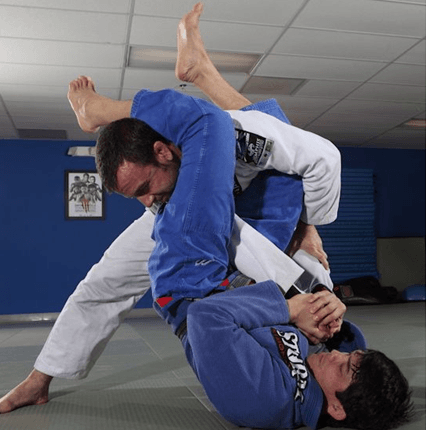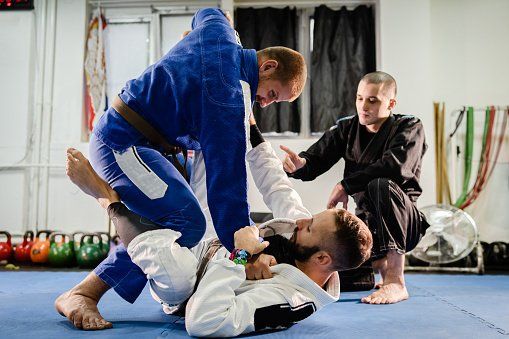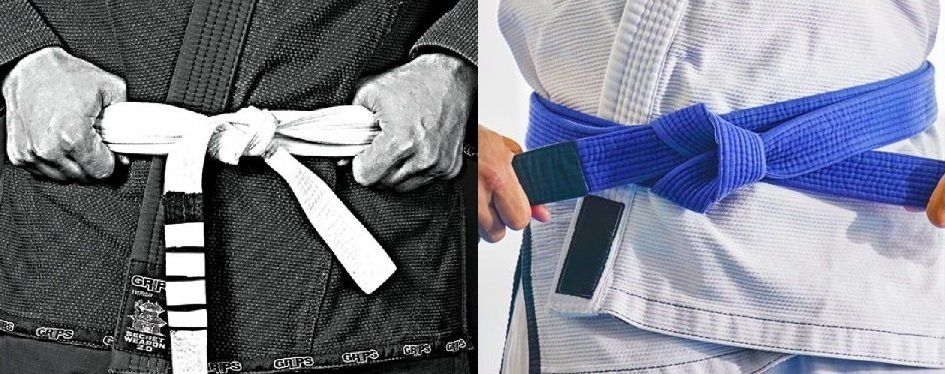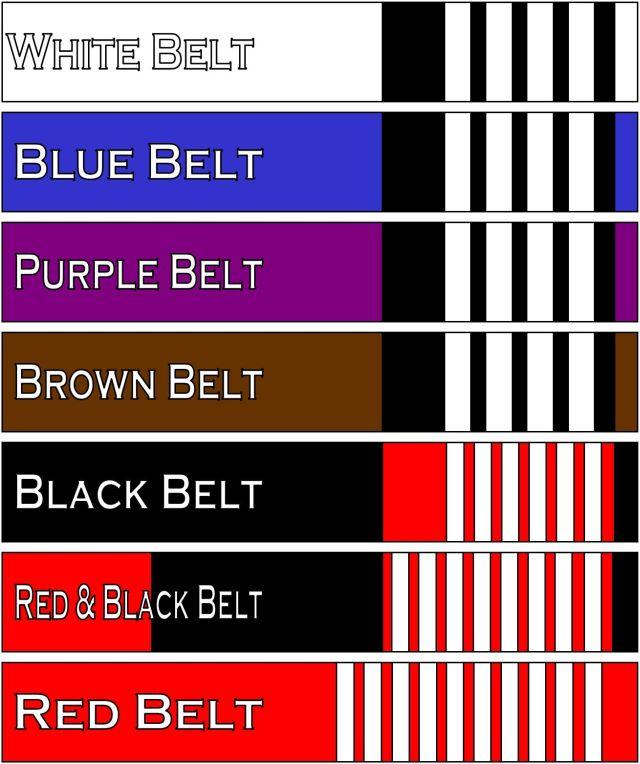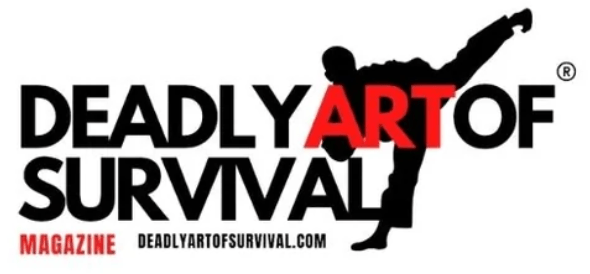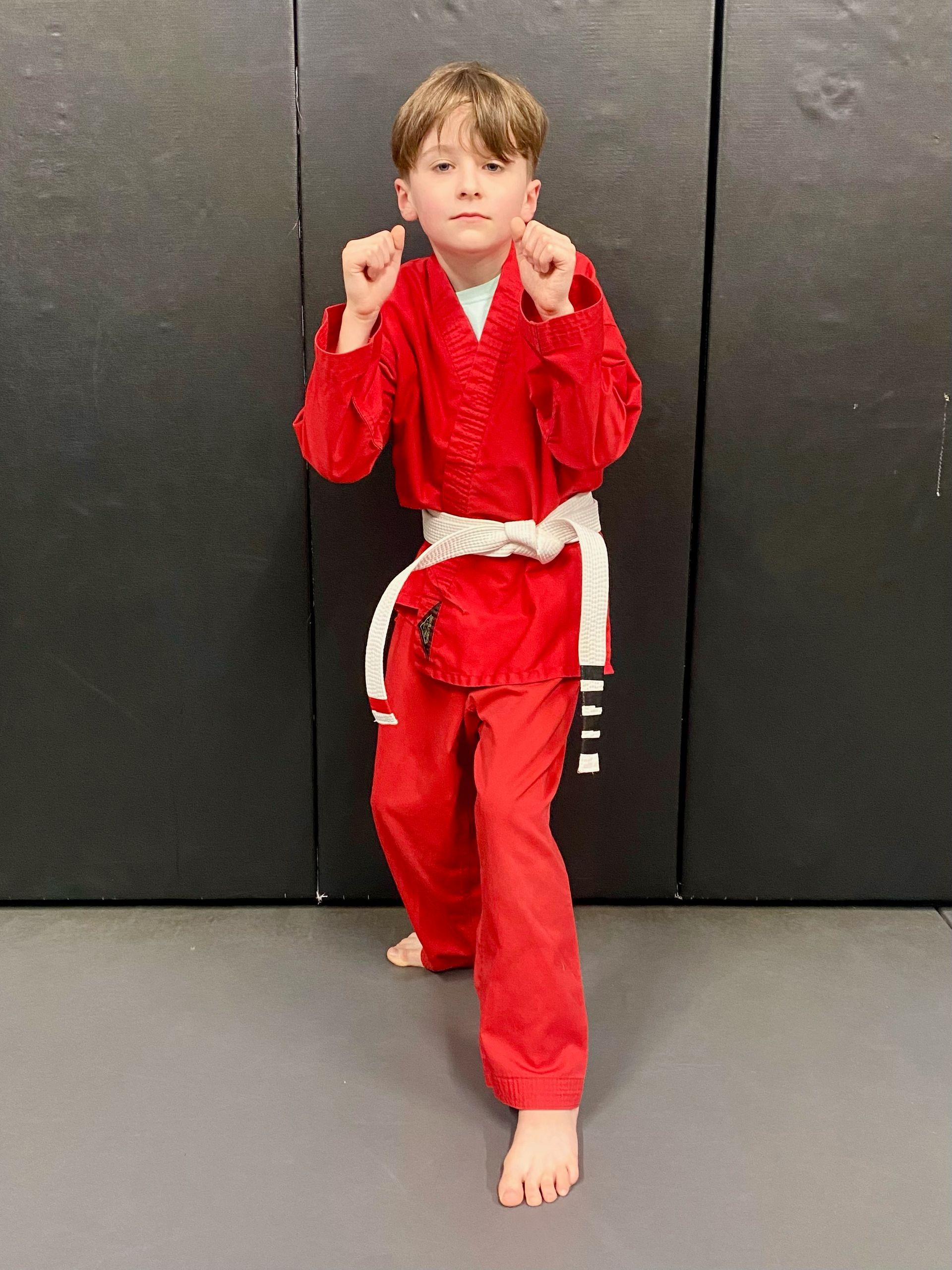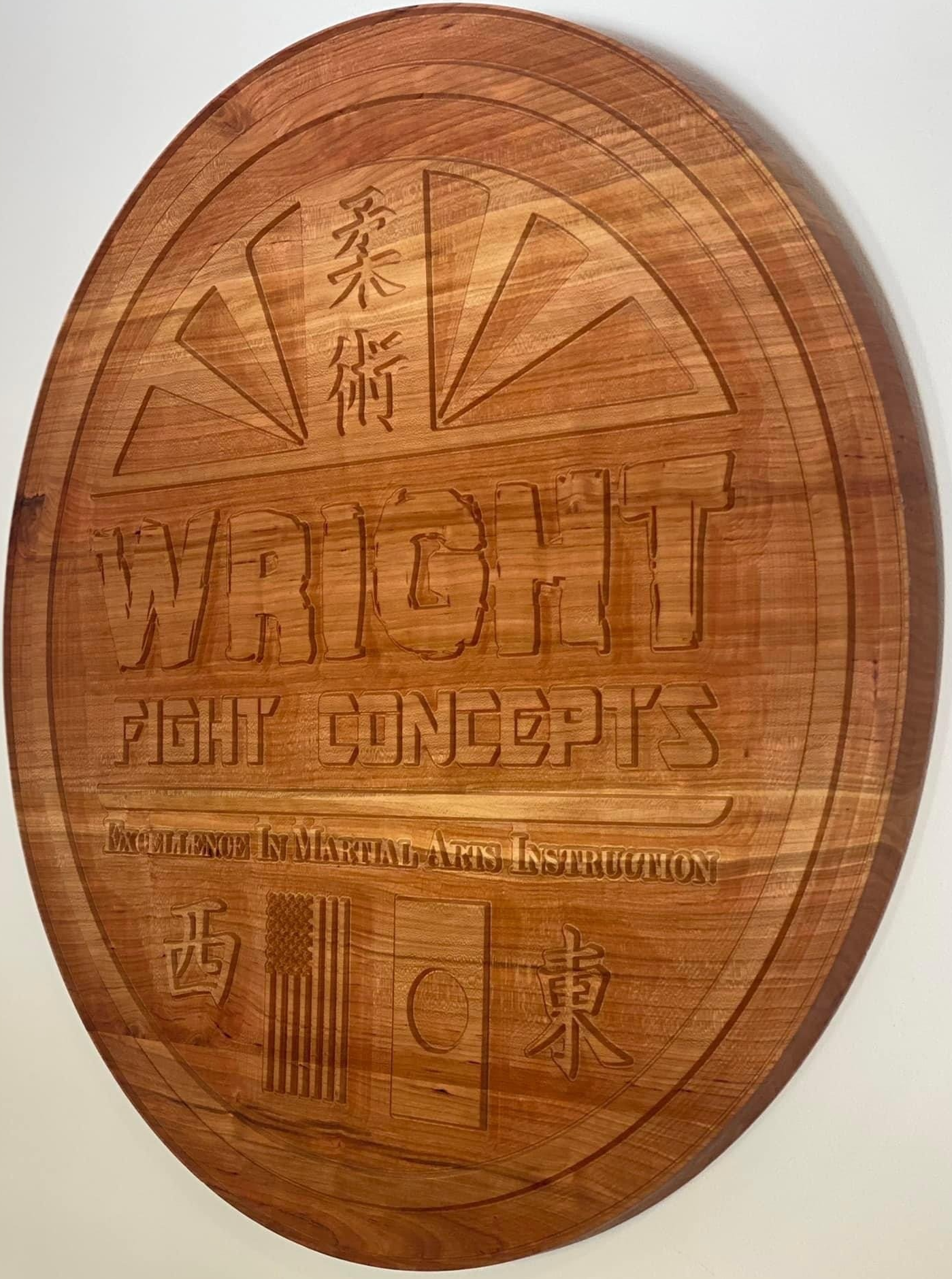What is Brazilian Jiu-jitsu?
Brazilian Jiu-jitsu is a martial art and combat sport focused mainly on grappling and submission holds. It focuses on the skill of taking an opponent to the ground, gaining a dominant position, and achieving a submission via joint locks or chokeholds. BJJ is built from the idea that a smaller, weaker person can successfully defend themselves against a bigger, stronger, heavier opponent by using an intelligent application of leverage, weight distribution, and cultivated physicality.
The art was developed around 1920 after Carlos Gracie was taught traditional Kodokan Judo by a travelling Japanese judoka, Mitsuyo Maeda. Later the Gracie family developed their own system named Gracie Jiu-Jitsu. This system was then pioneered by Hélio Gracie and carried on by a number of his brothers, sons, and nephews.
BJJ eventually came to be its own defined combat sport through the innovations, practices and adaptation of Gracie Jiu-Jitsu and Judo, becoming an essential martial art for MMA. Governing bodies such as the IBJJF work worldwide and set the rules and standards to be held in BJJ competitions.
Sparring, commonly referred to as "rolling" within the BJJ community, and live drilling plays a major role in training and the practitioner's development. BJJ can also be used as a method of promoting physical fitness, building character, and as a way of life.
Now the art is commonly practiced both in the gi and in rashguards and shorts (Nogi) and has benefitted from an interaction with various types of Wrestling (Freestyle, Greco, Catch).
Though the rank of Blue Belt in Brazilian Jiu-jitsu is the first adult level belt promotion in the art, it is absolutely an uncommon achievement. Unlike many other martial arts, in Brazilian Jiu-jitsu you will often remain a White Belt for a year or more. And much of your advancement depends on the level of your personal and physical commitment.
The path to Blue Belt is marked by stripes on your White Belt on the black bar sewn onto your belt. Each stripe level has its own unique and distinctive direction, much like a full belt rank in most other arts.
Each stripe is awarded informally in class at the discretion of the instructor based on objective (skill with the curriculum) AND subjective criteria (time, dedication, effort, etc). You must receive 4 stripes on your White Belt before being considered for advancement to your Blue Belt.

About Belt Ranks in Brazilian Jiu-jitsu
Achieving any belt rank in Brazilian Jiu-jitsu requires uncommon dedication and commitment to your training. Each belt often takes years to accomplish. Promotion is based on both time in the belt and demonstrable skill on the mat. The skill required must be exhibited and repeated in technical and live practice.
The new Brazilian Jiu-jitsu practitioner who remains consistent with time and effort can likely expect a year or two at least before reaching Blue Belt. Reaching a Black Belt can take a decade or even more!
Brazilian Jiu-jitsu is an entirely hands-on art and live training is an essential component. Without our training partners, we can't train at all. Therefore, safe, detailed instruction and a dependable team of training partners is the key to success.
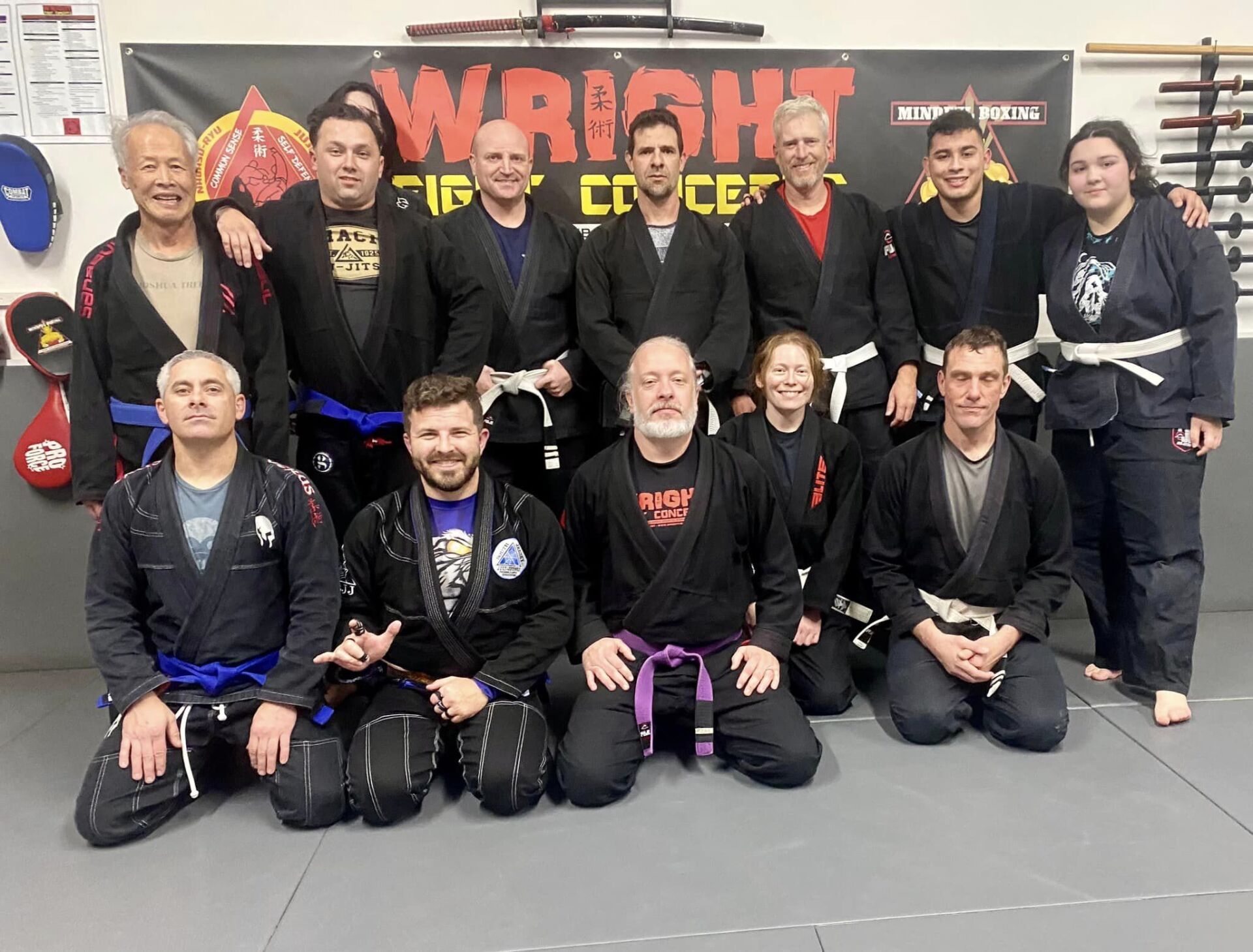
Request Information
Thank you for your interest in our academy! We extend to you this EXCLUSIVE WEBSITE OFFER:
ONE WEEK ALL ACCESS CLASS PASS, good for ONE WEEK OF UNLIMITED CLASSES!
- This pass is good for ONE FAMILY for ANY ADULT or YOUTH STUDENTS.
- Your time with this pass begins on the day of your first scheduled class.
Our owner, Sensei Damien Wright, will be contacting you directly to help you get started.
We look forward to talking to you shortly.
Please try again later.
We are taking a stand against bullying!
“Parents, school staff, and other adults in the community can help kids prevent bullying by talking about it, building a safe school environment, and creating a community-wide bullying prevention strategy”
— www.StopBullying.gov
Our founder and head instructor Sensei Damien Wright was featured in the 5th edition of
DEADLY ART OF SURVIVAL Magazine
the #1 best selling martial arts magazine on Amazon worldwide, and so much more!
CONTACT INFORMATION
- Mon - Thu
- -
- Friday
- -
- Saturday
- -
- Sunday
- Closed





